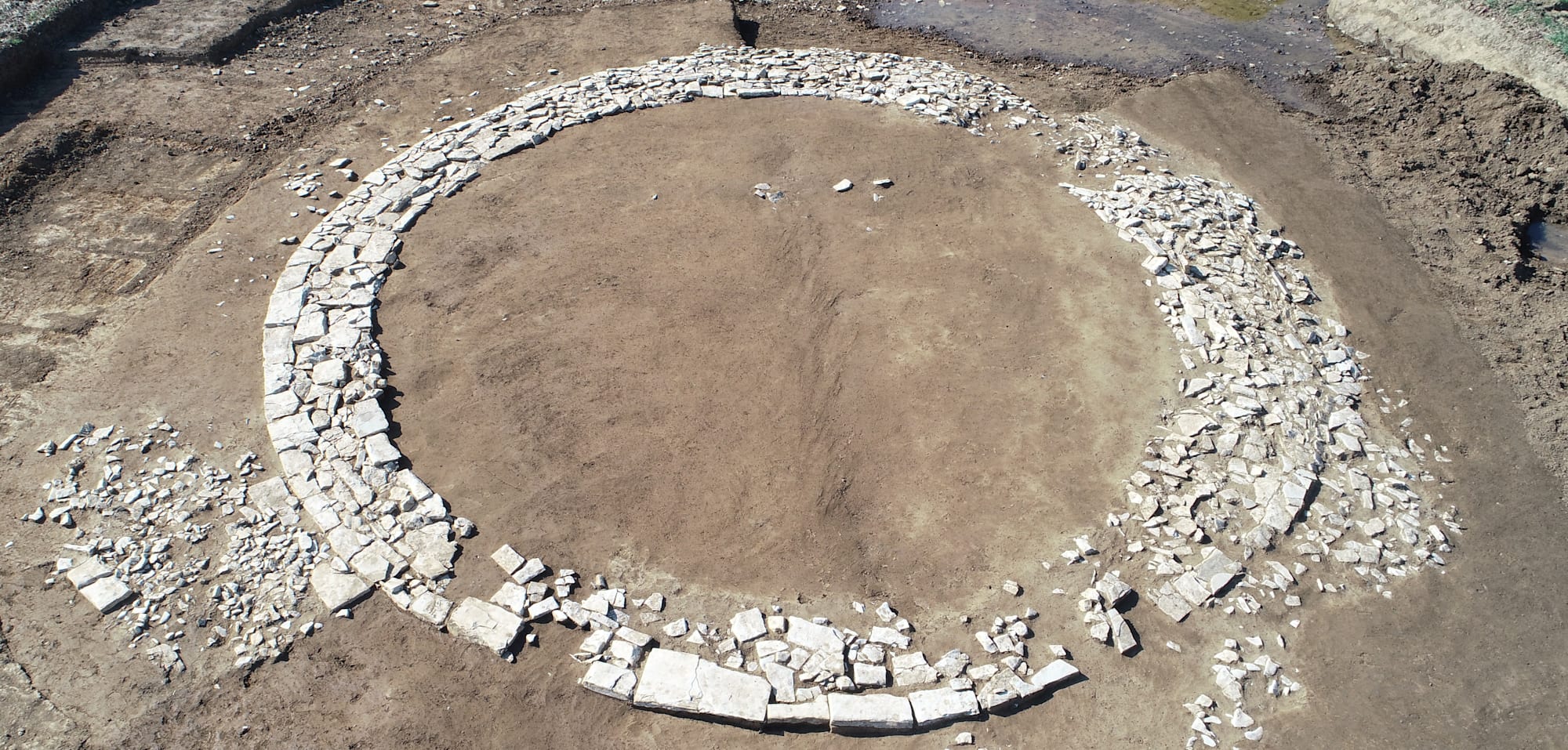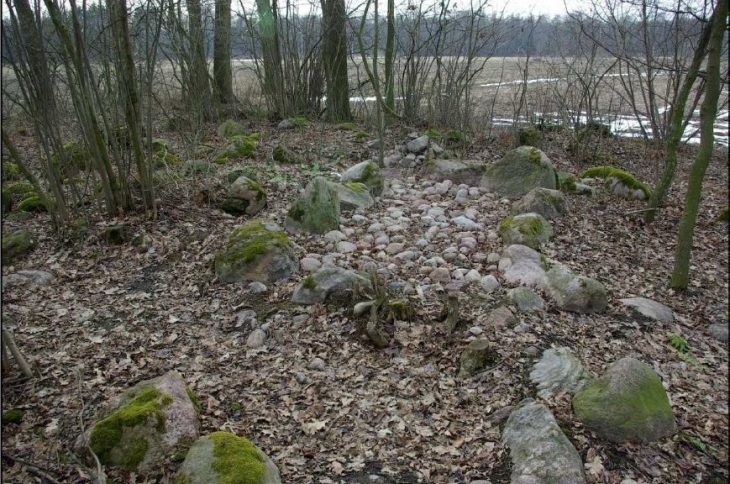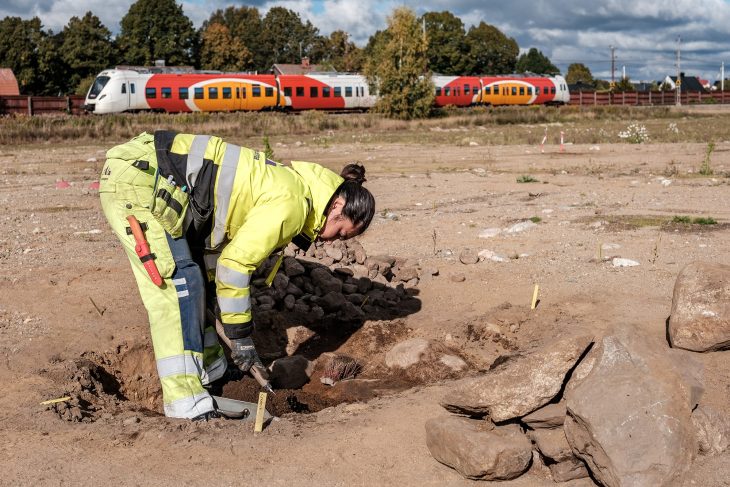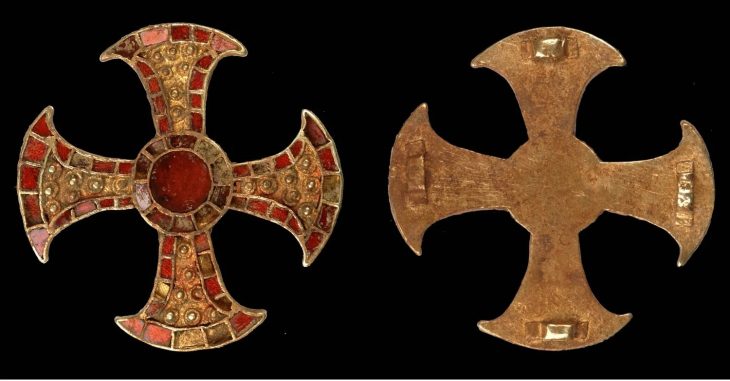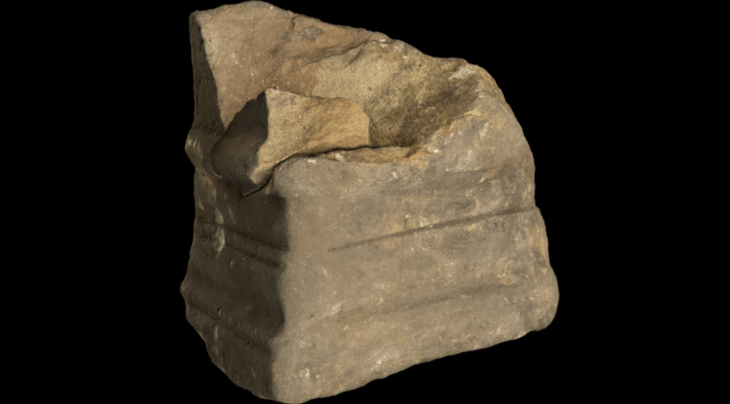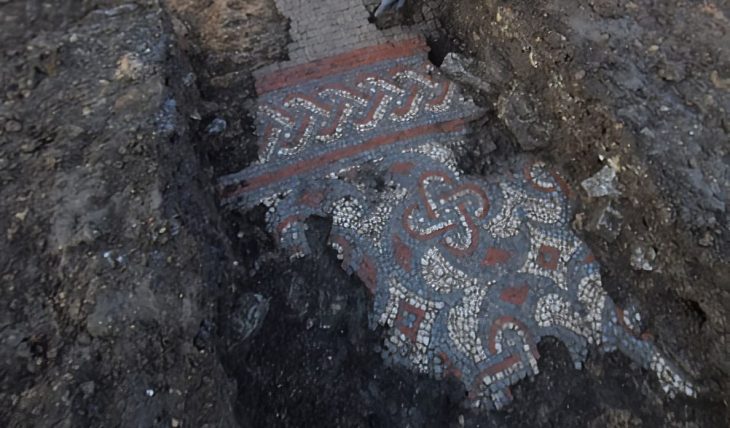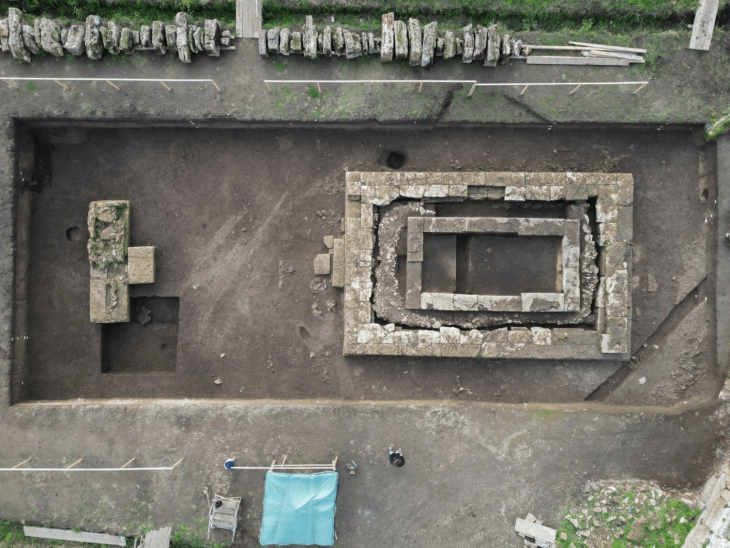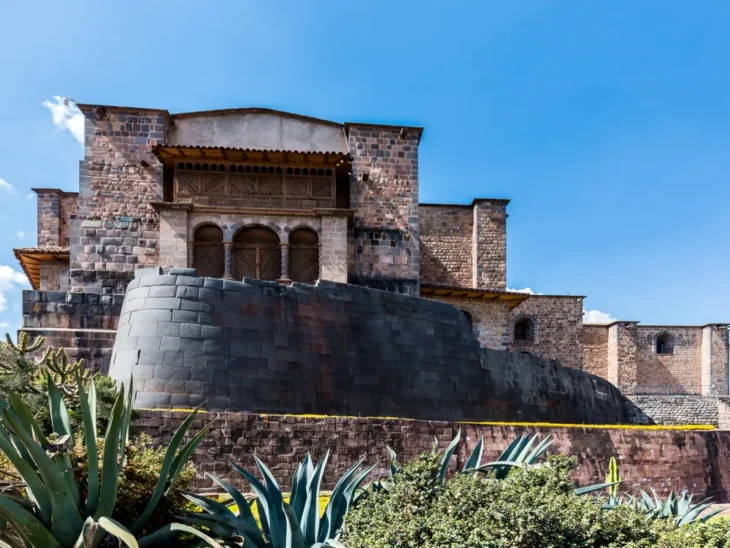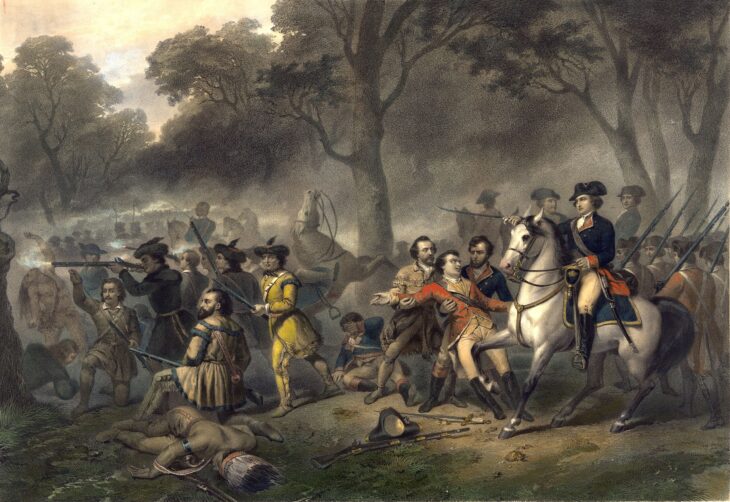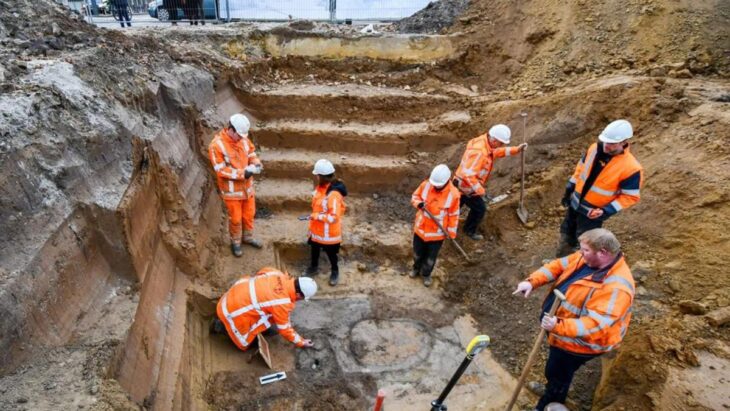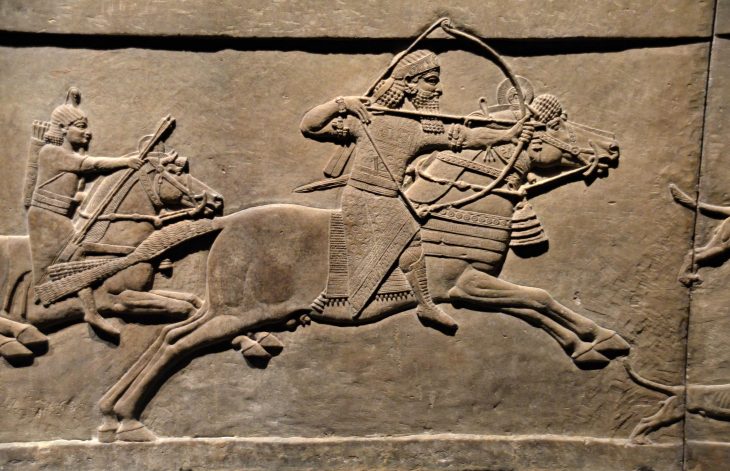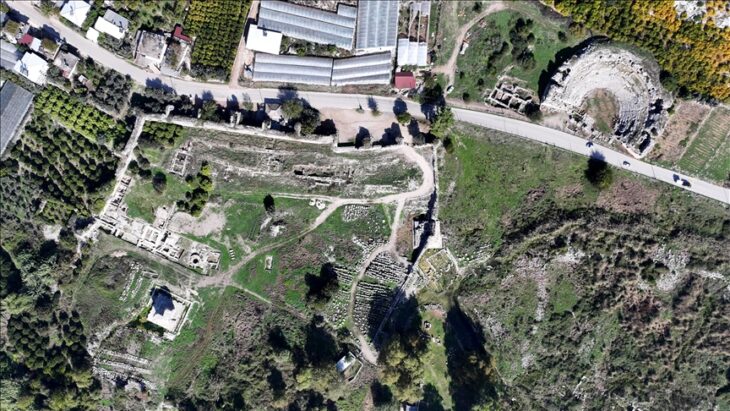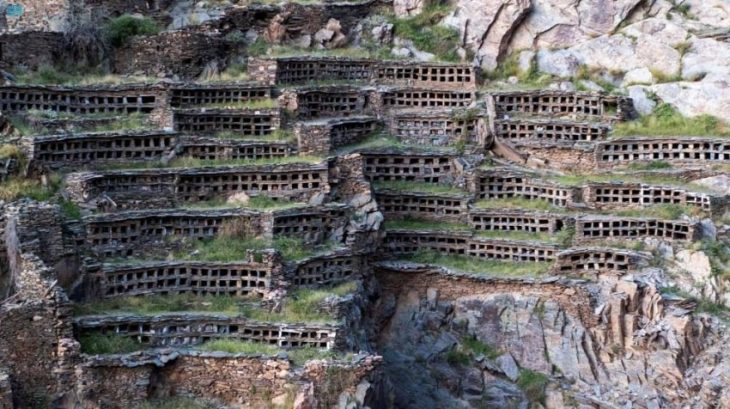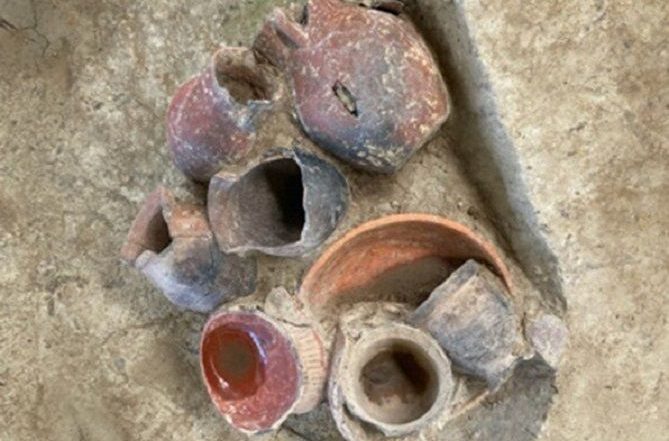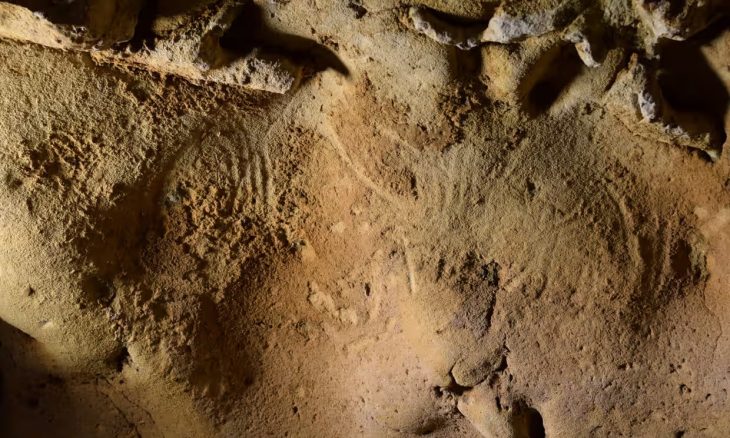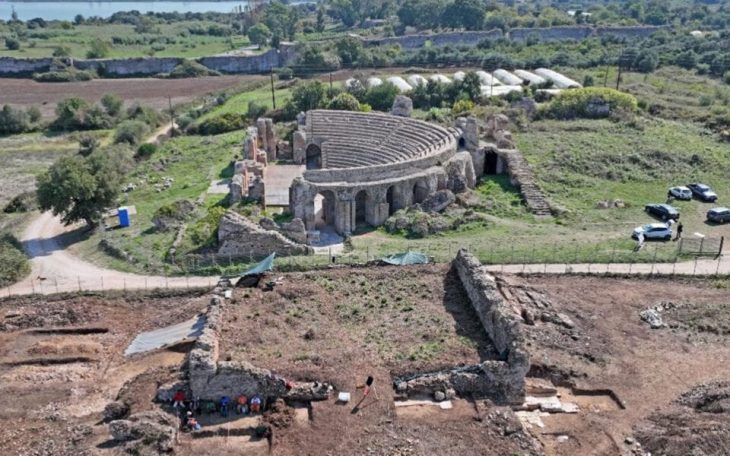Archaeologists in Bavaria have uncovered what appears to be the foundation of a monumental Roman burial mound, a discovery that has astonished experts and shed new light on the Roman presence in southern Germany’s ancient province of Raetia.
The Bavarian State Office for Monument Preservation (Bayerisches Landesamt für Denkmalpflege, BLfD) announced that the remains, unearthed near Wolkertshofen in the district of Eichstätt, likely represent the base of a Roman tumulus — a large circular stone structure used as a burial monument. What makes this find remarkable is its rarity in Raetia, where such elaborate Roman grave monuments are almost unheard of.
A Remarkable Stone Circle with a Hidden Story
The excavation revealed a meticulously constructed stone ring, about twelve meters in diameter, situated directly beside an ancient Roman road. Attached to the southern side is a square annex, two by two meters in size, which may have served as the foundation for a stele or statue. Despite its monumental appearance, the interior of the structure was completely empty.
“Discovering a burial monument of this scale and period here was entirely unexpected,” said Prof. Mathias Pfeil, General Conservator of the BLfD. “The tumulus stood along an important Roman transport route. The family erected it as a highly visible memorial — both a place of remembrance and a symbol of social status.”
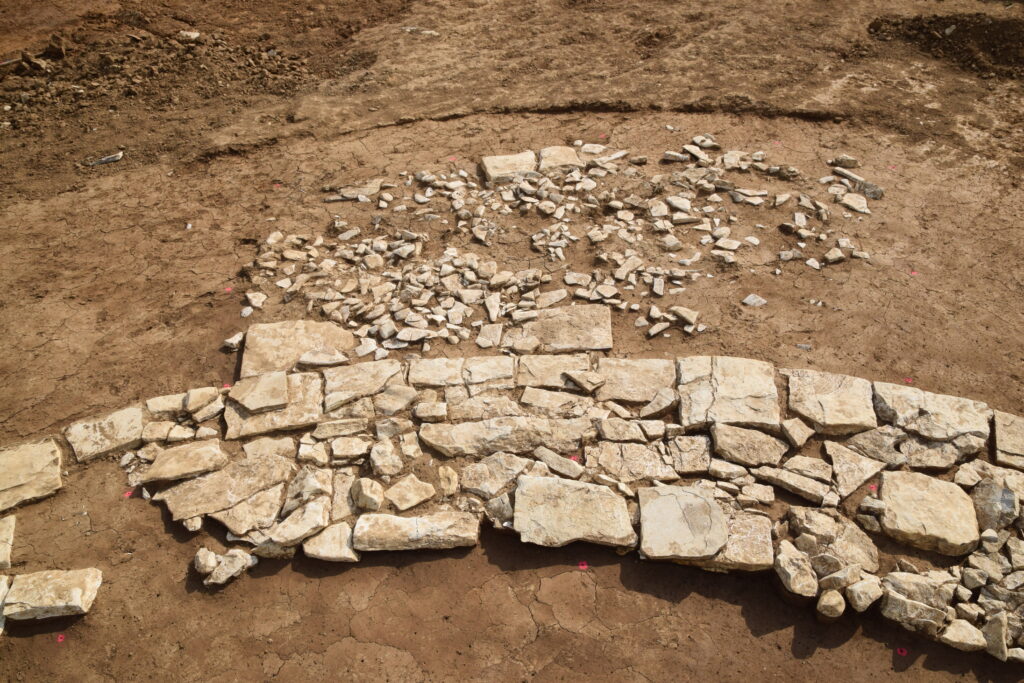
A Symbolic Tomb: The Kenotaph of Wolkertshofen
Surprisingly, archaeologists found no human remains or grave goods inside the structure. This absence led researchers to conclude that the site is not a traditional burial, but rather a kenotaph — a symbolic grave built in honor of someone buried elsewhere. Such monuments served as memorials for distinguished individuals, often emphasizing family prestige and social hierarchy.
📣 Our WhatsApp channel is now LIVE! Stay up-to-date with the latest news and updates, just click here to follow us on WhatsApp and never miss a thing!!
The location of the tumulus reinforces this interpretation. It lies near a Roman road that once connected Nassenfels to the Altmühltal valley, and close to the remains of a villa rustica — a Roman country estate. Together, these suggest that the person commemorated was likely a member of the local elite.
Rediscovering Raetia’s Roman Heritage
The find was made during construction work for a rainwater retention basin in autumn 2024. Archaeologists accompanied the project after discovering that the area was classified as an archaeological heritage site. Earlier layers revealed prehistoric settlement traces and ceramic fragments, but the appearance of the circular stone foundation came as a surprise.
In the Roman world, tumuli were already a well-established burial form across central Europe and Italy. In the northwestern provinces of the empire, such as Raetia, they appeared from the first century AD onward. Some Roman tumuli reused older Bronze Age or Iron Age burial mounds, reflecting both continuity and adaptation of local traditions. Archaeologists believe the Wolkertshofen monument may similarly reflect a fusion of Mediterranean architectural influence and Celtic burial customs.
“While the stone foundations clearly follow Roman models,” the BLfD notes, “burial mounds in this region mostly date back to pre-Roman times. This makes the Wolkertshofen tumulus an exceptional and important find for understanding cultural exchange in the province of Raetia.”
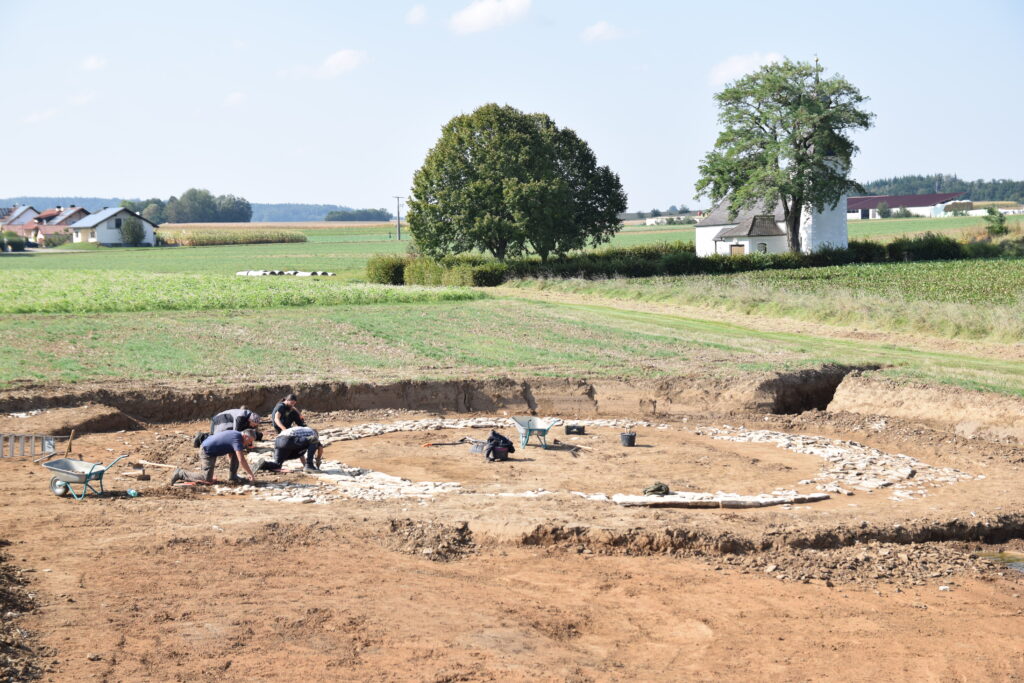
A Unique Discovery in Southern Germany
Although several Roman graves are known from the Augsburg region, tumuli with stone ring walls of this scale and quality remain extremely rare in Bavaria. The Roman burial monument of Wolkertshofen therefore represents an invaluable addition to the archaeological record, offering insights into the funerary and commemorative practices of Roman settlers in ancient Raetia.
Experts from the BLfD emphasize the importance of the discovery for future research: it demonstrates how Roman architecture and symbolic traditions were adapted to local landscapes — creating monuments that were not only functional but also political and social statements.
Wolkertshofen’s Long Settlement History
The village of Wolkertshofen has long been an archaeological hotspot. Excavations in and around the area have revealed settlements and burial sites spanning thousands of years — from the Neolithic, through the Bronze and Iron Ages, into the Roman imperial period and the early Middle Ages. The new find continues this long history, reinforcing Wolkertshofen’s role as a key site for understanding Bavaria’s deep past.
Bavarian State Office for Monument Preservation
Cover Image Credit: The stone circle of Wolkertshofen was discovered by chance. Archäologiebüro Dr. Woidich GmbH

